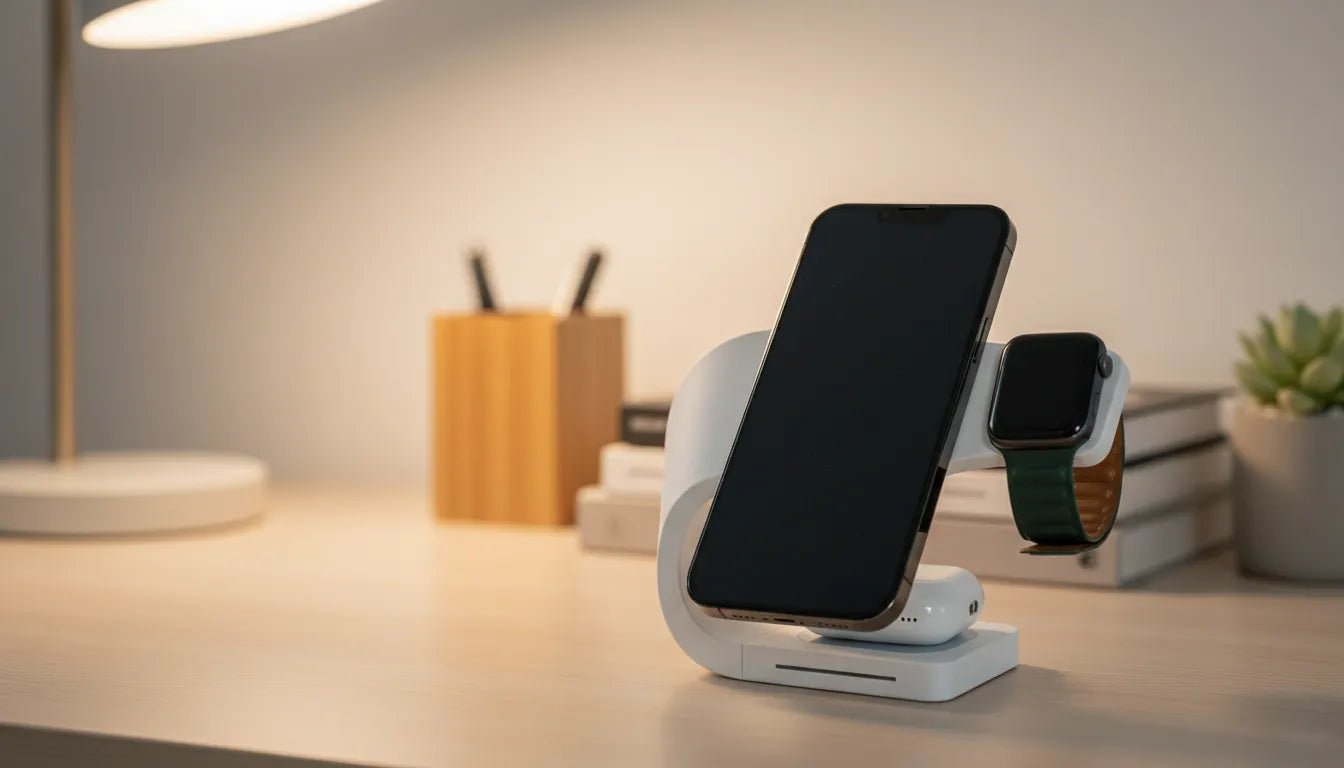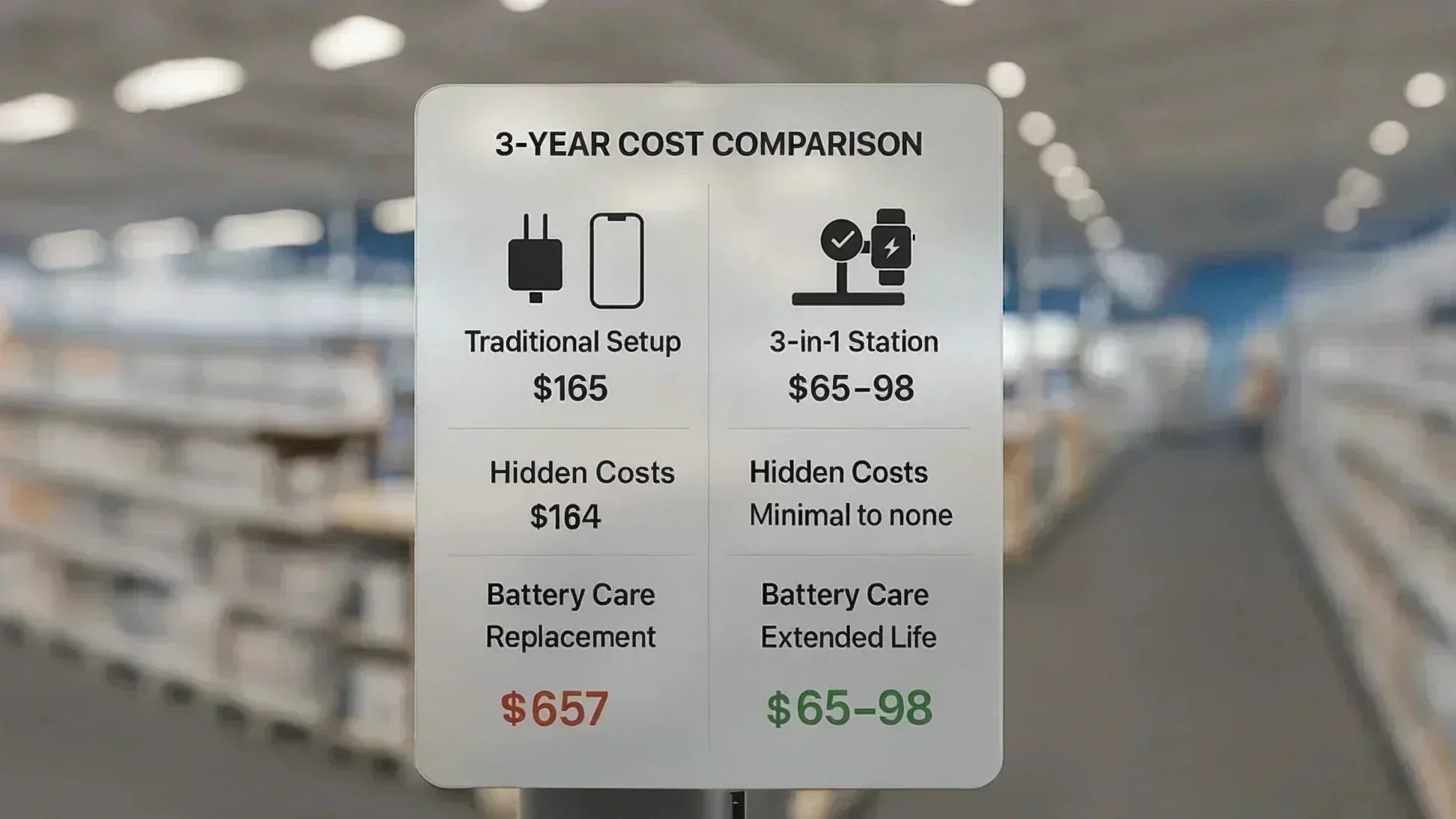Have you ever wished you could charge all your devices without the mess of cables?
Wireless charging stations are transforming this wish into reality.
In this blog, we'll explore the transformative power of wireless charging stations.
We'll delve into their history, technology, and seamless integration into our daily lives. We'll also discuss different types, benefits, and the future of wireless charging.

The Magic Behind Wireless Charging and Its History
At its core, wireless charging uses electromagnetic fields to transfer energy between two objects.
This method is called inductive charging. It involves a charging pad and a compatible device. Each has coils and creates a magnetic field when closed. This field induces an electric current in the device, charging its battery.
Wireless charging technology has evolved significantly since its inception. It began with Nikola Tesla's experiments in the late 19th century and has since become a staple in modern technology.
Today, wireless charging stations for cell phones and other devices are not just for tech enthusiasts but are increasingly integrated into our everyday lives.
Types of Wireless Chargers
-
Qi Standard. The most common standard for wireless charging stations, is compatible with many devices, including smartphones and earbuds.
-
Power Matters Alliance (PMA). Used in some public places like coffee shops and airports.
- Rezence (A4WP). Utilizes magnetic resonance for charging multiple devices over short distances.
Advantages of Wireless Charging Stations
-
Eliminates Cables. Reduces clutter and minimizes wear and tear on device ports.
-
Multiple Device Charging. Many wireless charging stations for multiple devices can charge several gadgets simultaneously.
- Convenience. Place your device on the charging pad and power up.

Safety First
Modern wireless phone charging stations have safety features such as overcharge protection, temperature control, and energy management.
These built-in measures make sure that your devices charge well. They do so without overheating or wasting energy.
Energy Efficiency: Myths and Facts
-
Myth. Wireless charging is less energy efficient than wired charging.
- Fact. Advancements in technology are continuously improving efficiency. It makes wireless charging stations increasingly comparable to wired chargers.

Integration into Everyday Life
Wireless charging stations for cell phones are now integrated into furniture, cars, and public spaces.
Imagine a coffee table that charges your phone while you relax or a car console that powers your devices during your commute.
This integration makes charging even more convenient and discreet.
The Future of Wireless Charging
Looking ahead, we can expect even more advancements in portable wireless charging stations.
These could include greater distances between transmitter and receiver, making charging devices without direct contact possible.
Industries like healthcare and manufacturing may adopt wireless power transfer for various applications.

Wireless charging stations are not just a tech fad but a practical solution to modern life's demands. They simplify charging, reduce clutter, and glimpse a wire-free future.
Our products, such as the Magnitis, Simpli, and Cubica combine functionality with style, ensuring they fit seamlessly into any environment, whether at home, work or on the go.
Visit Modern Standard today to learn more about our innovative products and how they can power your life.







Share:
Tips on Using Magnetic Charging Cables for Maximum Efficiency
Expert Tips for Choosing Multi Device MagSafe Station